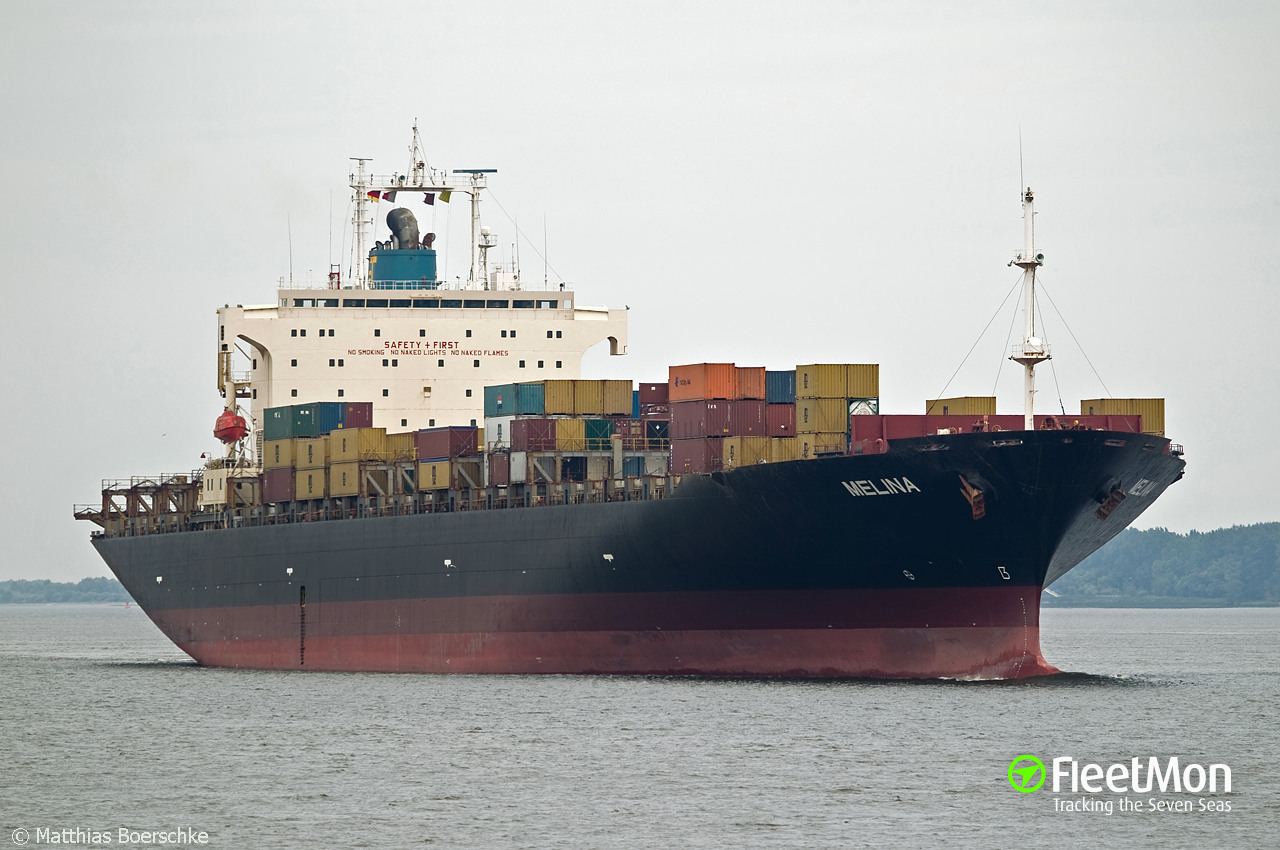
Urged by Trump to Decouple, U.S. Companies Want *More China Faster
June 28, 2020
Just as the U.S. president urges American companies to ditch China, many of them can’t get more of China fast enough.
Consider the voyage of the container ship Melina, which set sail Wednesday from a Chinese port near Shenzhen with products bound for U.S. households, a hulking symbol of how the flow of goods is adapting in a global economy crippled by a pandemic.
Capable of carrying almost 4,300 containers, she’s downright petite in an industry where the biggest can handle more than 20,000. The Melina is part of a budding fleet of smaller vessels that Covid-19 has thrust into service between the world’s biggest economies. Smaller means faster. She’ll dock in Los Angeles on July 6 after a 12-day nonstop journey — a week ahead of a larger ship doing the same route.
 With the extra speed comes a price that’s as much as double the cost of standard transpacific service, which is already skyrocketing because the world’s biggest shipping companies have scaled back capacity by about 25% this quarter and may cut it 10% in the third quarter, according to industry observers. They’re downshifting because broadly they see demand recovering only slowly and plenty of fog on the global economic horizon.
With the extra speed comes a price that’s as much as double the cost of standard transpacific service, which is already skyrocketing because the world’s biggest shipping companies have scaled back capacity by about 25% this quarter and may cut it 10% in the third quarter, according to industry observers. They’re downshifting because broadly they see demand recovering only slowly and plenty of fog on the global economic horizon.

But for now, shipping demand from some companies remains brisk, justifying the added import cost of fast delivery to meet the burst of online shopping for everything from protective medical gear to baby pools for the backyard.
Haifa, Israel-based Zim Integrated Shipping Services Ltd., which operates the Melina, Honolulu-based Matson Inc. and CMA CGM SA of France are among those offering the express service between China and the U.S. — the kind of links that show the difficulty President Donald Trump faces to achieve a “complete decoupling” of the worlds largest economies and bringing production back home.
“We expect the need for this expedited service to be permanent and actually grow as the share of e-commerce in global trade will continue to grow at a higher pace than other commerce,” Nissim Yochai, Zim’s executive vice president in the Pacific, said from Hong Kong. “This abnormal period will continue as long as the world will continue to find a balance between protecting from the Covid-19 pandemic and the need for people to get out to work and socialize and, of course, consume.”
Striking that balance between global supply and demand is what shipping companies are trying to do constantly, looking months and even years in advance. The pandemic has made that job much harder. One way to do it is to cancel sailings, which they’ve been doing a lot lately. At the adjoining ports of Los Angeles and Long Beach, the main gateway for Chinese imports, 45 trips have been scrapped this quarter, more than four times the number in the second quarter of 2019.
For some U.S. companies on the receiving end of goods, shipping disruptions are starting to subside. For others, they’re just beginning.
“We’re not at the point right now where we’ve rebalanced supply to the demand because the demand signals are jumping all over the board,” said Abe Eshkenazi, CEO of the Association for Supply Chain Management, an industry group based in Chicago. No one knows how fast American consumers will rebound, whether the e-commerce upswing is sustainable, or whether a damaging second wave of infections will further knock global trade off-kilter, he said.
Read more:
U.S. Firms in India Raise Concerns Over Delayed China Shipments
Why Cars, Chips and Clothes May Buoy Globalization: Supply Lines WTO Says Rapid Government Response Cushioned Trade Downturn Lighthizer’s Cure-All in Pandemic Is More Tariffs: Supply Lines
Historically, container shipping volume is a good barometer of the world’s economy health, though the threat of tariffs during the U.S.-China trade war of the past two years weakened that relationship.
Earlier this month, Denmark’s A.P. Moller-Maersk A/S, the world’s biggest container liner, said volumes this quarter would be down 15%-18% — ugly, but less hideous than its previous call for a 20%-25% drop. While Maersk isn’t offering full-year guidance, citing uncertainty about demand in the second half, others are laying out the challenges.


Mitsui OSK Lines Ltd., one of Japan’s largest shippers, is cutting as many as 40 vessels, about 5% of its fleet, among other “defensive measures” outlined in a plan last week that doesn’t see the global economy getting back to pre-pandemic levels until the end of 2022, or later.
No comments:
Post a Comment
Comments always welcome!